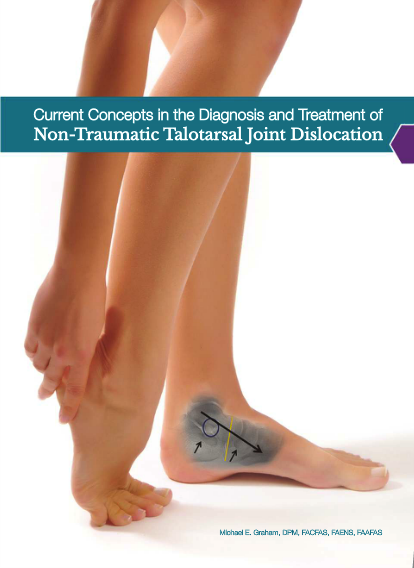Partial dislocation of the talus on the tarsal mechanism leads to a path of destruction throughout the body
The talotarsal joint - the most important joint mechanism within the foot
The talotarsal joint not only affect foot function, but as the "foundation joint," of the up-right, weight bearing human, it dictates the alignment and stability of proximal musculoskeletal structures. Normal talotarsal joint alignment results in a stable structure, whereas mal-alignment creates structural defects.
Partial Talotarsal Joint Dislocation
There are numerous types of dislocation. Dislocation is a disease process and is not normal; it needs to be treated and fixed. Failure to fix this condition leads to other pathologic conditions. Clinical signs of talotarsal joint dislocation include an imbalanced or misaligned hindfoot and the articular facets are not in constant congruent contact.

Clinical Signs of Talotarsal Dislocation
Upon weight bearing , you may notice a medial talar head bulging if a medial-transverse displacement component is present. While many clinicians can easily visualize a misalignment of the hindfoot, there are just as many cases where the talotarsal joint dislocation is not clinically visible until gait analysis. Typical gait analysis findings include a prolonged period of pronation into the mid-stance phase, forefoot abduction and calcaneal valgus.
